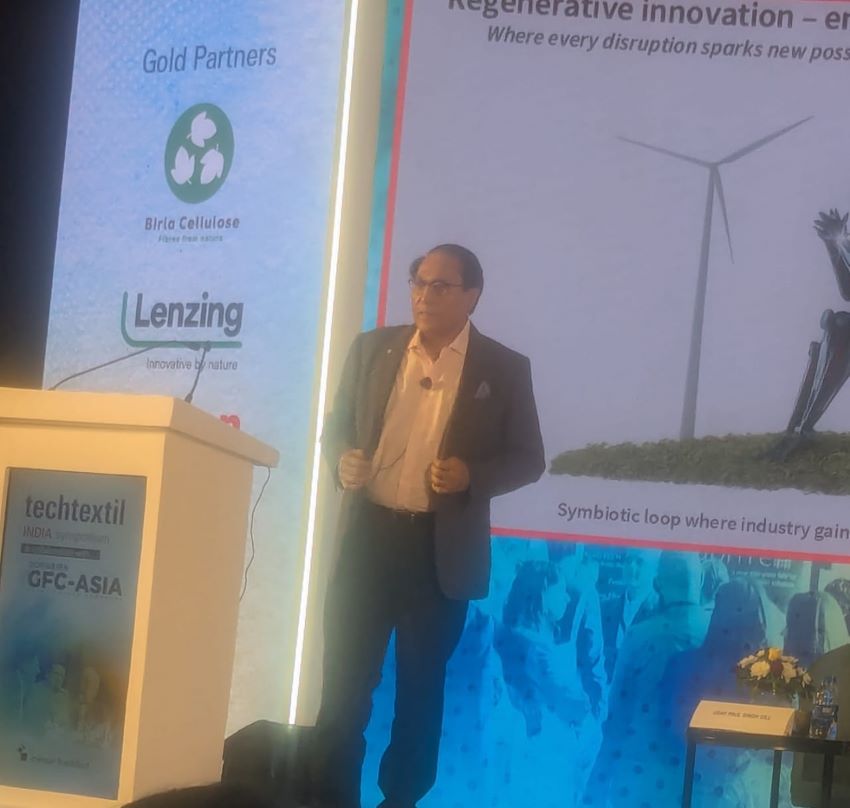Pakistan is offering incentives for the modernisation and development of textile sector. The aim is to reduce the cost of doing business, leading to a boost in trade and commercial activities. Import of textile machinery will be made easier to enhance the capacity of textile sector. About 16 new varieties of cotton have been introduced.
The high cost of energy has hit the textile industry. Gas and electricity tariffs in Pakistan are around 30 per cent higher compared with regional countries’, rendering Pakistan’s exports uncompetitive in the global market. The industry is also facing a severe liquidity crunch due to delay in payment of sales tax refunds.
The trade deficit for last financial year was recorded at an all-time high of $32.58 billion with exports of $20.45 billion, the lowest since 2009-10. Between fiscal year 2016 and 2017 Pakistan’s exports of textile products fell two per cent. Although raw cotton, cotton yarn and cotton cloth registered a decline in exports, there was an increase in shipments of knitwear, bed wear and readymade garments. Exports to the US fell one per cent. Exports to China fell 15 per cent and to the UK 0.6 per cent. On the other hand, exports to Germany, Belgium and the Netherlands rose.
Pakistan offers incentives textiles sector
- 1
- 2
- 3
- 4
- 5
- 6
- 7
- 8
- 9
- 10
Hanging by a Thread: US Tariffs cripple Indian textile exports, orders drop 70%
India’s textile and apparel industry is facing an unexpected mid-cycle rupture that is reshaping the sector’s economics far faster than... Read more
Sourcing's new compass, navigating apparel's great migration beyond Asia
The global apparel sourcing business is redefining the metrics of success beyond traditional labor costs. Led by geopolitical risks, consumer... Read more
No A-Grades for Climate: What the fossil-free fashion scorecard reveals about in…
For years, the global fashion industry has promised a cleaner, greener future but 2025’s Fossil-Free Fashion Scorecard by STAND.earth offers... Read more
Wired Threads: How India’s textile backbone is powering the smart apparel future
India’s huge textile industry, long celebrated for its command over cotton and competitive manufacturing scale, is going through a foundational... Read more
The New Core Competency: How sustainability and advanced fabrics are driving Ind…
The SportTech Pavilion at Techtextil India, hosted by Concepts N Strategies, concluded with a unanimous declaration: for India to successfully... Read more
New EU import rules set to raise prices for Shein and Temu, boosting European re…
Europe’s fashion and textile scenario is on the verge of its most consequential structural shift in over a decade. The... Read more
Global apparel trade rebalances in 2025 as Europe rises, Asia stumbles: Wazir Ad…
As the global apparel economy enters the final quarter of 2025, trade flows across major markets reveal a sector facing... Read more
Tariffs, turbulence and tenacity, India’s textile sector finds new strength
India’s textile and apparel export sector is showing a remarkable capacity to adapt and thrive in one of the most... Read more
Future Fiber Demand and the Chemical Recycling Imperative: Global industry eyes …
The global textile industry is entering a period of exponential growth and profound technological transformation, according to key figures speaking... Read more
Regenerative innovation and the Human-Centric future of textiles
The global textile industry is at a crossroads where mere efficiency and profit no longer guarantee survival. This was the... Read more












